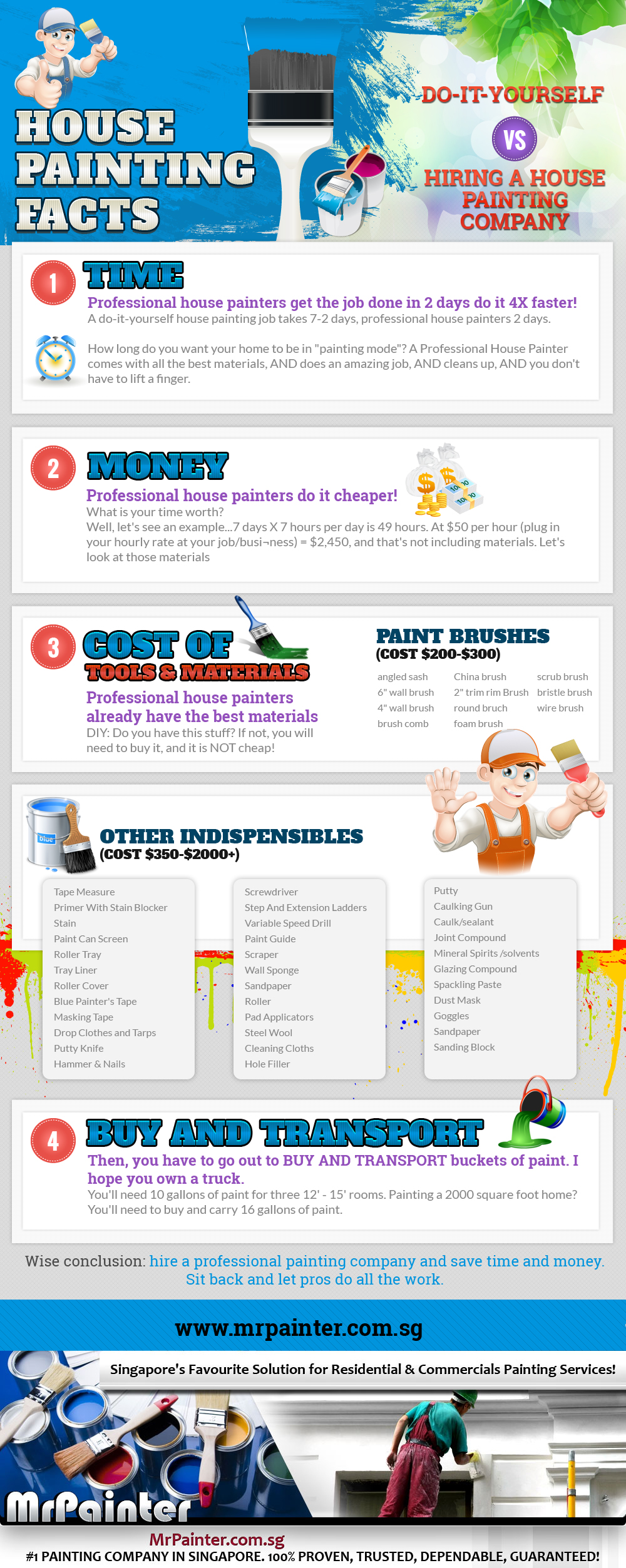Seasonal Considerations For Commercial Outside Painting: What You Need To Know
Seasonal Considerations For Commercial Outside Painting: What You Need To Know
Blog Article
Short Article Developed By-McLamb Chaney
When you're intending a commercial external painting job, seasonal elements can make or break your outcomes. You'll wish to consider how temperature and humidity effect paint application and drying times. Selecting the right season can guarantee your paint adheres correctly and lasts longer. Yet which periods are truly the very best for this kind of work? Allow's discover the crucial elements that can affect your job's success.
The Influence of Temperature on Paint Application
When you're planning an industrial outside painting project, the temperature can significantly impact just how well the paint adheres and dries out.
Preferably, you want to paint when temperature levels vary in between 50 ° F and 85 ° F. If it's also cool, the paint may not heal correctly, leading to problems like peeling off or splitting.
On the other hand, if it's as well warm, the paint can dry also swiftly, stopping correct adhesion and leading to an uneven surface.
You should likewise take into consideration the moment of day; early morning or late afternoon supplies cooler temperatures, which can be a lot more positive.
Constantly inspect the producer's suggestions for the specific paint you're utilizing, as they typically offer advice on the optimal temperature level array for optimal results.
Moisture and Its Impact on Drying Times
Temperature isn't the only ecological element that affects your business external paint job; moisture plays a substantial function also. painting a mobile home exterior can reduce drying times substantially, impacting the total high quality of your paint work.
When the air is filled with wetness, the paint takes longer to cure, which can result in issues like inadequate attachment and a higher threat of mold development. If you're repainting on a specifically moist day, be prepared for extended wait times in between coats.
It's important to check local weather and plan accordingly. Preferably, aim for moisture levels between 40% and 70% for optimal drying out.
Keeping Read More On this page consider mind guarantees your project stays on track and delivers a lasting finish.
Best Seasons for Commercial Exterior Paint Projects
What's the best time of year for your commercial external paint jobs?
Springtime and early fall are generally your best bets. Throughout these seasons, temperature levels are moderate, and moisture levels are frequently lower, developing excellent conditions for paint application and drying.
Stay clear of summer's intense heat, which can trigger paint to dry also rapidly, bring about bad bond and finish. In a similar way, wintertime's cool temperatures can prevent proper drying and healing, taking the chance of the durability of your paint work.
Aim for days with temperature levels in between 50 ° F and 85 ° F for ideal outcomes. Bear in mind to inspect the local weather report for rain, as wet problems can destroy your job.
Planning around these elements ensures your painting task runs smoothly and lasts much longer.
Conclusion
To conclude, planning your business exterior painting tasks around seasonal considerations can make a significant difference in the outcome. By organizing job during the optimal temperatures and moisture degrees, you'll make sure much better adhesion and drying times. Remember to watch on neighborhood weather forecasts and choose the correct time of year-- springtime and very early fall are your best options. Taking these steps will assist you achieve a long lasting and professional finish that lasts.
